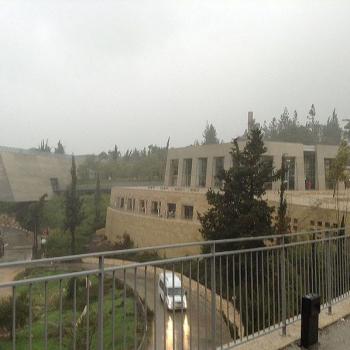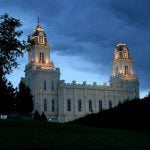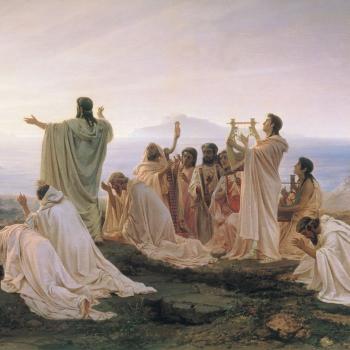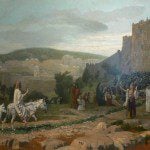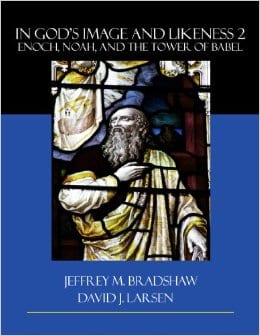
The article below went up on the website of the Interpreter Foundation earlier today:
In God’s Image and Likeness 2: Enoch, Noah, and the Tower of Babel: Genesis 11: The Tower of Babel
Part of our book chapter reprint series, this article originally appeared in In God’s Image and Likeness 2: Enoch, Noah, and the Tower of Babel (2014) by Jeffrey M. Bradshaw and David J. Larsen.
Abstract: This chapter on the Tower of Babel employs language artfully to express and undermine human pretensions to power. In exploring the Mesopotamian background of the story and the counterpoint between the tower and the temple, we see its relevance for the world today. The section describing the confounding of language takes both the language of scripture and the scholarship of modern linguistics seriously. The chapter ends with a bridge to what comes next: the story of Abraham.
***
A couple of days ago, I was listening to a lecture by the eminent British New Testament scholar N. T. Wright, for whom I have enormous respect. Along the way, he briefly made an argument about Jesus as a worker of miracles that I myself should have thought of before, but had not. (He credited it to the late Anglo-American theologian and philosopher Colin Brown.) The argument is very simple, and goes as follows:
Step 1: The New Testament’s synoptic gospels all report that the critics of Jesus accused him of working miracles by demonic power:
“But the Pharisees said, He casteth out devils through the prince of the devils.” (Matthew 9:34)
“But when the Pharisees heard it, they said, This fellow doth not cast out devils, but by Beelzebub the prince of the devils.” (Matthew 12:24)
“And the scribes which came down from Jerusalem said, He hath Beelzebub, and by the prince of the devils casteth he out devils.” (Mark 3:22)
“But some of them said, He casteth out devils through Beelzebub the chief of the devils.” (Luke 11:15)
Step 2: It is extremely unlikely that early Christians would have invented such a grave allegation against their revered Messiah. (Jews of the first and second centuries took demons seriously.)
Step 3: It seems probable, therefore, that the allegation of working miracles through the power of the devil must really have been leveled against Jesus.
Step 4: But what occasion would his critics have had to level such an allegation against him if he had not at least seemed to be performing miracles?
Step 5: Accordingly, it seems likely that the historical Jesus really did perform seeming miracles. (Which is to say that he wasn’t simply a wise teacher, charismatic rabbi, or homespun philosopher to whom miracles were subsequently attributed in a process of gradual mythologizing.)



